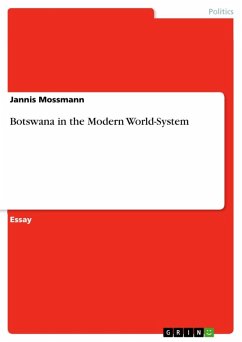
The Lebanese Civil War 1975-1990: Its Causes and Actors (eBook, ePUB)

PAYBACK Punkte
0 °P sammeln!
Seminar paper from the year 2001 in the subject Politics - Region: Near East, Near Orient, grade: very good, University of Wyoming (Department of Political Science), course: Politics and Government of the Middle East, language: English, abstract: "The war in Lebanon was the result of several highly connected internal and external conditions that have been in the making for a long time. ... Causal ... forces rooted in the existing social and political structures of the country, while [contributing forces] aggravated the internal conflicts and set the process of confrontation into motion, trigge...
Seminar paper from the year 2001 in the subject Politics - Region: Near East, Near Orient, grade: very good, University of Wyoming (Department of Political Science), course: Politics and Government of the Middle East, language: English, abstract: "The war in Lebanon was the result of several highly connected internal and external conditions that have been in the making for a long time. ... Causal ... forces rooted in the existing social and political structures of the country, while [contributing forces] aggravated the internal conflicts and set the process of confrontation into motion, triggered a set of events already in the making that awaited only the proper time and place." Regarding this quoted statement, the purpose of our paper is to show the reasons that led to the Civil War in Lebanon from 1975 till 1990. Usually, four causes can be found throughout the literature we used for this paper: the social context within Lebanon itself, namely the unbalanced sectarian or confessional system and socioeconomic problems, namely the United States, Israel and Syria. This paper mainly deals with the causes expressed above. We do not want to describe the war itself in all its details or provide a historical chronology, instead discussion of the war will be restricted to the description of landmark events. However, the named causes worked together in waging the Civil War. One cannot separate them from one another. Mutual interactions took place between them leading to bloodshed and hatred. The Lebanese people needed almost five decades to settle down these causes from which almost all were already present since the independence in 1943. The first attempt to resolve some of the problems with the National Pact of 1943 did not last long, before the second Civil War broke out in 1958. The latest peace agreement, the Taif Accord from 1990, reviewed most of the causes, trying to adopt political measures to prevent another outbreak of violence. Still, the accord did not get rid of the sectarian problem so far. This paper will not deal with these events in great details. References will be made according to their importance for the topic. In this regard, we try to answer not only the questions of the causes but also how they interrelated and how they contributed to the escalation of the situation in Lebanon. Our paper describes first the social context starting with the unbalanced confessional system, followed by the socioeconomic problems. Afterwards we want to write down how the Palestine issue contributed to the Civil war and how the external actors USA, Syria, and Israel caused more and more troubles, which led to the extent of the conflict.
Dieser Download kann aus rechtlichen Gründen nur mit Rechnungsadresse in A, B, BG, CY, CZ, D, DK, EW, E, FIN, F, GR, HR, H, IRL, I, LT, L, LR, M, NL, PL, P, R, S, SLO, SK ausgeliefert werden.







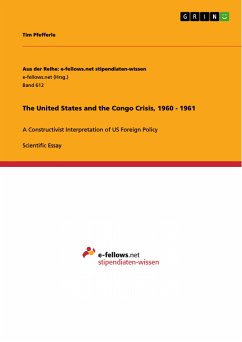
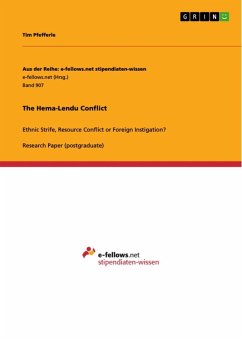
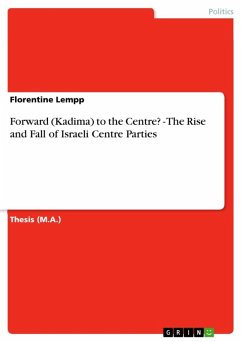
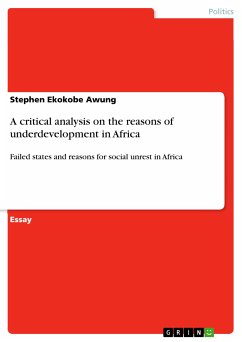
![Impacts of Mob [In]Justice on the Rule of Law in Ghana (eBook, ePUB) Cover Impacts of Mob [In]Justice on the Rule of Law in Ghana (eBook, ePUB)](https://bilder.buecher.de/produkte/37/37407/37407966n.jpg)

